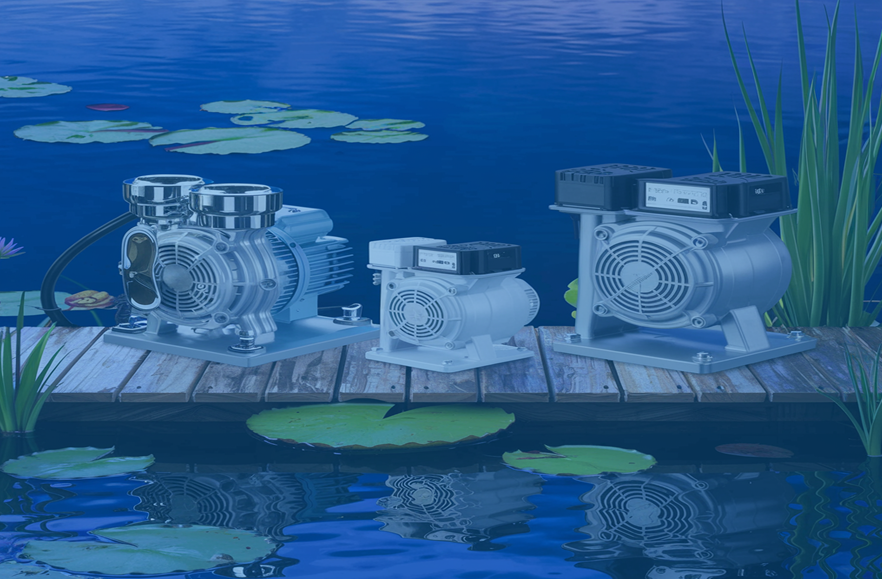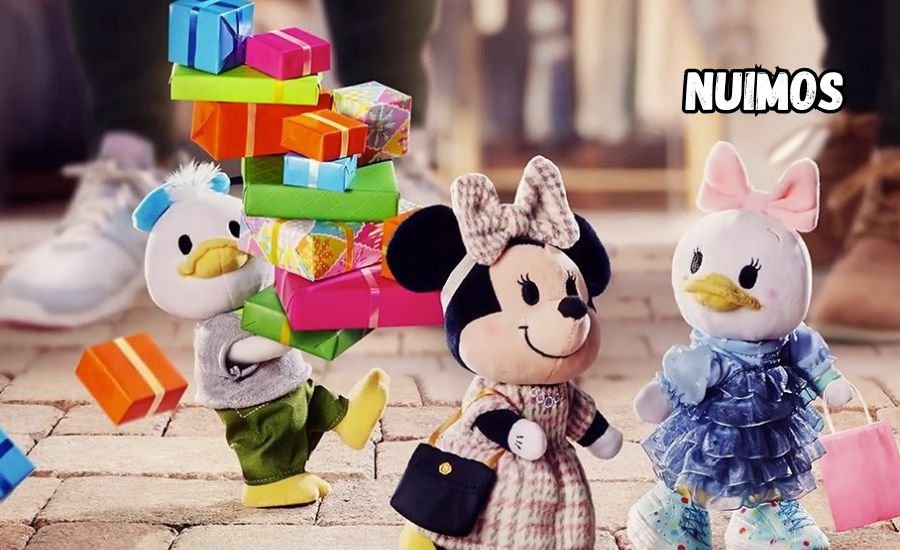Exploring the Timeless Charm of Huckleberry Finn: Iconic Corncob Pipe Illustrations Through History
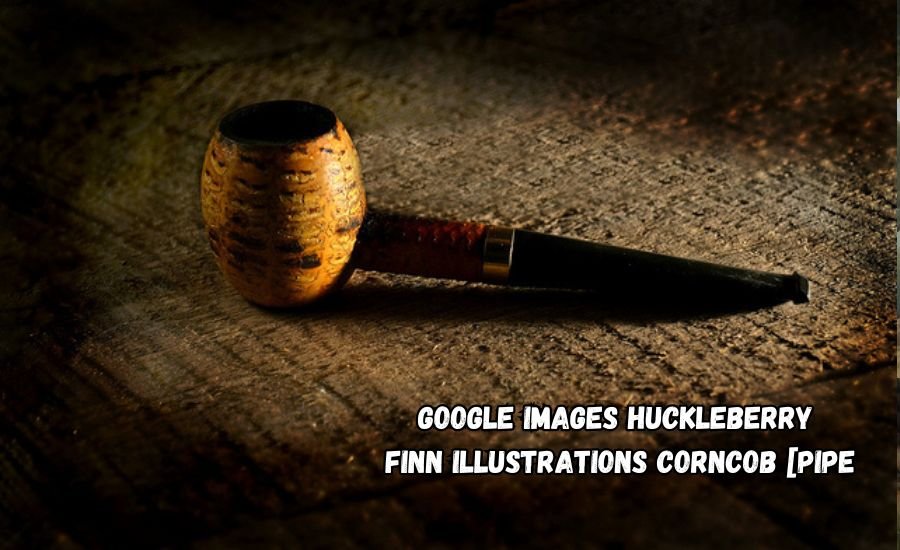
Mark Twain’s “The Adventures of Huckleberry Finn” has long stood as one of the most enduring and influential works in American literature. Published in 1884, the novel captures the adventures of a young boy, Huckleberry Finn, as he navigates the challenges of freedom, morality, and friendship along the Mississippi River. As readers journey through Huck’s experiences, one of the most visually compelling symbols that has persisted throughout various artistic interpretations is his corncob pipe. This simple smoking accessory not only adds to Huck’s carefree demeanor but also serves as a cultural and symbolic marker of his rebellious spirit and desire for freedom.
When you search for “google images huckleberry finn illustrations corncob [pipe,” you uncover a treasure trove of visual depictions of Huck over the years. These illustrations, found in various editions of the novel and in popular media, continue to shape how we see and understand this beloved character. From original sketches by E.W. Kemble to contemporary digital art, Huck Finn’s image, complete with his iconic corncob pipe, has evolved over time, reflecting changes in society, art, and literature.
In this article, we will delve into the history and evolution of Huckleberry Finn illustrations, focusing on the role of the corncob pipe in shaping Huck’s character and identity. We will explore how this symbol has remained central to the portrayal of Huck and how it continues to resonate with audiences today.
The Evolution of Huckleberry Finn’s Iconography
From the very first illustrations to the modern renditions we find today on platforms like Google Images, the visual representation of Huckleberry Finn has undergone significant changes. However, certain features of Huck’s character have remained consistent, and one of those is the corncob pipe. Let’s take a closer look at how Huck’s image, particularly his association with the corncob pipe, has evolved over time.
Early Illustrations: E.W. Kemble’s Iconic Depiction
When “The Adventures of Huckleberry Finn” was first published, Mark Twain selected E.W. Kemble to provide the accompanying illustrations. Kemble was known for his ability to capture the essence of characters in American life, and his drawings of Huck Finn have become iconic. In these early illustrations, Huck is portrayed as a young, scrappy boy, often with his ragged clothing, straw hat, and, notably, his corncob pipe.
The corncob pipe in Kemble’s illustrations symbolized Huck’s desire for independence. Although Huck was too young to smoke, the pipe was more than a mere accessory—it was a symbol of maturity, freedom, and non-conformity. Huck’s pipe set him apart from the adult world while still giving him a sense of autonomy, reflecting his quest for self-discovery along the Mississippi River.
Mid-20th Century Illustrations: The Nostalgic Era
As the decades progressed, Huck’s image continued to evolve. Illustrations from the mid-20th century, often found in popular editions of the novel, reflected a growing sense of nostalgia for Huck’s carefree and adventurous spirit. Artists like Norman Rockwell, who was known for capturing the heart of American life, brought Huck to life with more realistic depictions, focusing on his relationship with the natural world and his sense of adventure.
In these illustrations, Huck’s corncob pipe took on a symbolic weight that spoke to the cultural values of the time. The pipe became more than just a visual feature—it represented a simpler time, an era when life was more connected to nature, and freedom was something to be cherished. For many readers and viewers, the corncob pipe was a reminder of the rugged, rural independence that Huck embodied.
Modern Interpretations: A Reflection of Contemporary Values
Today, when you search “google images huckleberry finn illustrations corncob [pipe,” you’ll encounter a wide range of artistic interpretations. Modern illustrators have taken Huck’s image in new directions, blending tradition with contemporary styles. Some of these illustrations focus on Huck’s youthful innocence, while others emphasize his rebellious nature. Regardless of the artistic approach, the corncob pipe continues to play a crucial role in defining Huck’s character.
Interestingly, in today’s context, the pipe can evoke mixed reactions. While it remains a symbol of freedom and non-conformity, the act of smoking is often viewed negatively in modern culture. As a result, some artists have chosen to downplay the pipe in their illustrations, while others incorporate it as a nod to Huck’s historical roots without glorifying the act of smoking. This shift in artistic representation reflects broader changes in societal values, while still honoring Huck’s literary legacy.
The Cultural and Symbolic Meaning of the Corncob Pipe
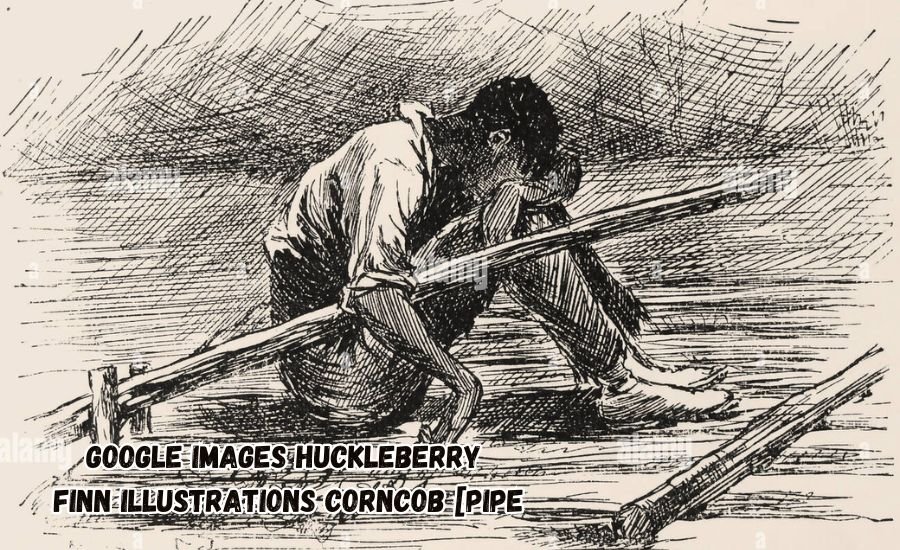
One of the reasons the corncob pipe has remained such an integral part of Huck’s visual identity is its deep cultural and symbolic significance. In “The Adventures of Huckleberry Finn,” the pipe represents far more than a simple smoking tool—it is a symbol of Huck’s independence, his connection to the natural world, and his rejection of societal expectations.
A Rural Symbol of Independence
In the 19th century, the corncob pipe was a common feature of rural life in America. It was inexpensive, easy to make, and widely used by people from all walks of life. For Huck, the pipe symbolizes his desire for a life free from the constraints of civilization. Just as Huck’s raft on the Mississippi River represents his physical journey toward freedom, the corncob pipe represents his internal journey toward self-sufficiency and independence.
Huck’s relationship with the pipe also reflects his complicated relationship with adulthood. By smoking the pipe, Huck adopts a symbol of maturity, yet his youthful innocence and lack of interest in conforming to societal norms set him apart from the adult world. The pipe, therefore, becomes a visual representation of Huck’s internal conflict between childhood and adulthood, freedom and responsibility.
The Corncob Pipe as a Cultural Artifact
Beyond its significance within the novel, the corncob pipe holds a special place in American culture. In the context of “The Adventures of Huckleberry Finn,” it evokes images of rural America, a time when life was simpler, and people were more connected to the land. The pipe’s presence in illustrations of Huck Finn reinforces the character’s ties to this agrarian lifestyle, making him a symbol of American individualism.
The corncob pipe also serves as a reminder of Huck’s status as an outsider. Throughout the novel, Huck is constantly navigating the boundaries between the civilized world and the natural world. The pipe, along with Huck’s ragged clothing and unkempt appearance, emphasizes his rejection of societal norms and his embrace of a simpler, more authentic way of life.
Google Images: A Treasure Trove for Huckleberry Finn Illustrations
One of the best ways to explore the rich visual history of Huckleberry Finn is through Google Images. By searching “google images huckleberry finn illustrations corncob [pipe,” you can uncover a vast collection of artistic interpretations of Huck, ranging from the earliest woodcut engravings to modern digital art. These images provide a unique opportunity to trace the evolution of Huck’s image and to see how different artists have chosen to depict his corncob pipe.
Using Google Images to Explore Huck’s Visual Legacy
Google Images offers a window into the world of Huckleberry Finn illustrations, allowing you to explore a variety of styles, periods, and interpretations. By scrolling through the search results, you can see how Huck’s image has been adapted to suit different artistic traditions, from realistic portrayals to more abstract, minimalist interpretations. Whether you’re interested in historical illustrations or contemporary reimaginings, Google Images provides a comprehensive view of Huck’s visual journey.
Highlighting Key Artistic Styles and Themes
One of the most fascinating aspects of exploring Huckleberry Finn illustrations through Google Images is the sheer diversity of styles and themes. Some artists focus on capturing the gritty realism of Huck’s world, emphasizing the roughness of his clothing, the texture of his corncob pipe, and the wildness of the natural landscape. Others take a more whimsical approach, highlighting Huck’s playful spirit and youthful innocence.
Despite the wide range of artistic approaches, certain elements remain constant across the majority of illustrations—namely, Huck’s corncob pipe. This simple yet powerful symbol continues to anchor Huck’s image, connecting him to his roots in rural America while also speaking to the broader themes of freedom and individuality that are central to the novel.
The Corncob Pipe in Modern Artistic Interpretations
As society has evolved, so too have the artistic interpretations of Huckleberry Finn and his corncob pipe. In recent years, contemporary artists have embraced new media and techniques to reimagine Huck’s image, often blending traditional elements with modern sensibilities.
A Reflection of Contemporary Values
In many modern illustrations, the corncob pipe remains a key feature of Huck’s character, symbolizing his connection to nature and his resistance to societal norms. However, in some depictions, artists have chosen to minimize the prominence of the pipe, reflecting changing attitudes toward smoking and its representation in popular culture.
This shift in how the corncob pipe is portrayed speaks to a broader cultural change. While the pipe was once seen as a symbol of independence and self-reliance, today it can evoke more complex associations, particularly in relation to health and wellness. As a result, some modern illustrations of Huck choose to focus on other aspects of his character, such as his adventurous spirit or his moral journey, while still acknowledging the historical significance of the corncob pipe.
The Role of Digital Art in Reimagining Huck
Digital art has opened up new possibilities for artists to reinterpret classic literary characters like Huckleberry Finn. Through platforms like Google Images, artists can share their work with a global audience, contributing to the ongoing evolution of Huck’s image. Digital media allows for greater experimentation with color, texture, and form, resulting in vibrant and dynamic portrayals of Huck and his corncob pipe.
In these digital renditions, the corncob pipe often takes on a more stylized appearance, emphasizing its symbolic value rather than its literal function. Artists may play with scale, color, or abstraction to draw attention to the pipe’s role in defining Huck’s identity, while also incorporating modern artistic trends.
Check Out the Latest Blogs Regarding: Archi-Mxed-Regular-Georgian-Font
The Lasting Appeal of Huck Finn and His Corncob Pipe in Popular Culture
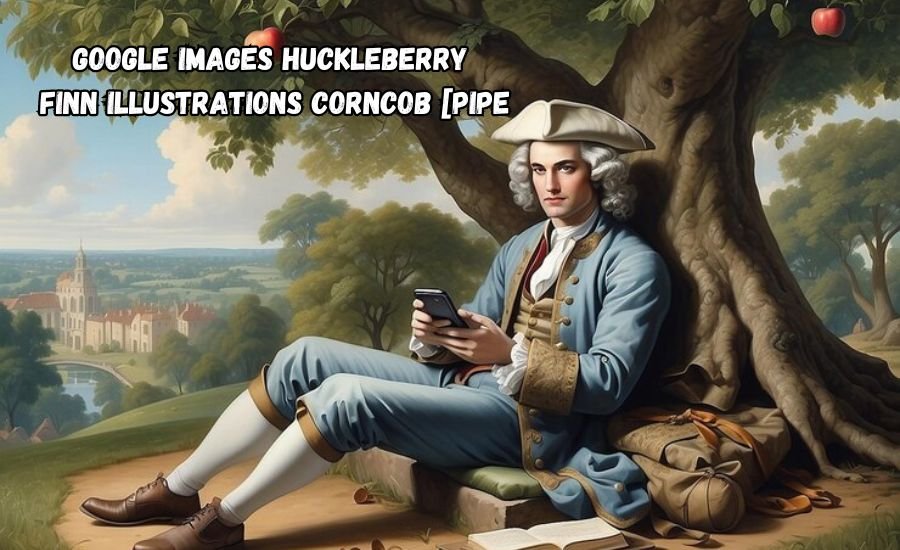
The image of Huckleberry Finn, complete with his corncob pipe, has permeated popular culture for over a century. From film adaptations to television shows, Huck’s character has been brought to life in countless ways, each time reinforcing his status as an enduring symbol of American independence and rebellion.
Huck’s Place in American Literature
Huckleberry Finn’s place in American literature is secure, and his image remains iconic. The corncob pipe, in particular, has become a visual shorthand for Huck’s character, representing his rejection of societal norms and his embrace of a life of freedom. In many ways, Huck’s pipe is as recognizable as his straw hat or his raft, and it continues to play a central role in how we understand and interpret his character.
Representation of Huck in Film, TV, and Art
In addition to illustrations, Huck Finn has been represented in various forms of media, including film and television. These visual interpretations often build on the foundation laid by earlier illustrations, maintaining key elements of Huck’s appearance while also introducing new details to reflect contemporary values. The corncob pipe, though sometimes omitted, remains a potent symbol of Huck’s rebellious spirit, especially in adaptations that emphasize his struggle for freedom and self-determination.
How Huck’s Image Influences Modern Visual Culture
Huckleberry Finn’s image has not only influenced literary culture but also modern visual culture. Artists across generations continue to draw inspiration from Huck’s story, using his character to explore themes of freedom, morality, and individuality. The corncob pipe, as a key part of Huck’s visual identity, remains central to these interpretations, serving as a reminder of the timeless appeal of Twain’s classic novel.
Conclusion
The journey of Huckleberry Finn, as captured through illustrations over the years, is a testament to the enduring power of visual storytelling. The corncob pipe, though a simple object, has come to symbolize Huck’s free-spirited nature and his quest for independence. From the earliest depictions by E.W. Kemble to the vibrant digital art found today on Google Images, Huck’s corncob pipe remains a constant feature, grounding the character in his rural roots while also speaking to broader themes of rebellion and self-discovery.
By exploring the rich variety of Huckleberry Finn illustrations available through Google Images, we gain a deeper understanding of how artists have interpreted Huck’s character and how the corncob pipe has played a central role in shaping his visual identity. As we continue to engage with these images, we can appreciate the lasting appeal of Huck Finn and his corncob pipe, both as a symbol of American individualism and as a beloved character in literary history.
FAQS
Q: Why is the corncob pipe important in Huckleberry Finn illustrations?
A: The corncob pipe symbolizes Huck’s independence and rebellious nature, reflecting his desire for freedom and connection to a simple, rural lifestyle.
Q: Who was the first illustrator to depict Huckleberry Finn with a corncob pipe?
A: E.W. Kemble was the original illustrator for The Adventures of Huckleberry Finn, and his illustrations helped establish Huck’s iconic appearance, including the corncob pipe.
Q: How have Huckleberry Finn illustrations evolved over time?
A: Huckleberry Finn illustrations have evolved from simple woodcut engravings to more colorful and detailed digital art, reflecting changes in artistic styles and cultural values.
Q: How is the corncob pipe used as a symbol in Huckleberry Finn’s character?
A: The corncob pipe represents Huck’s desire to appear more grown-up and his rejection of societal norms, making it a symbol of independence and rebellion.
Q: What role do Google Images play in exploring Huckleberry Finn illustrations?
A: Google Images offers a vast collection of Huck Finn illustrations, showcasing different artistic interpretations and the evolution of Huck’s image, especially his corncob pipe.
Q: Why do modern artists still include the corncob pipe in Huck Finn illustrations?
A: Modern artists include the corncob pipe because it is a key visual element that reflects Huck’s free-spirited nature and ties him to his historical roots.
Q: How has the depiction of Huck Finn’s corncob pipe changed in modern illustrations?
A: In modern illustrations, the corncob pipe may be downplayed or stylized to reflect contemporary values, but it remains a significant symbol of Huck’s character.
Read Next: finbusines




